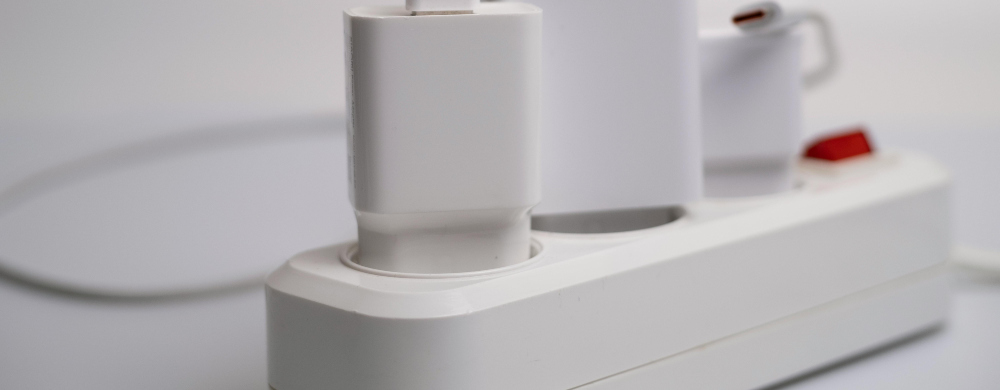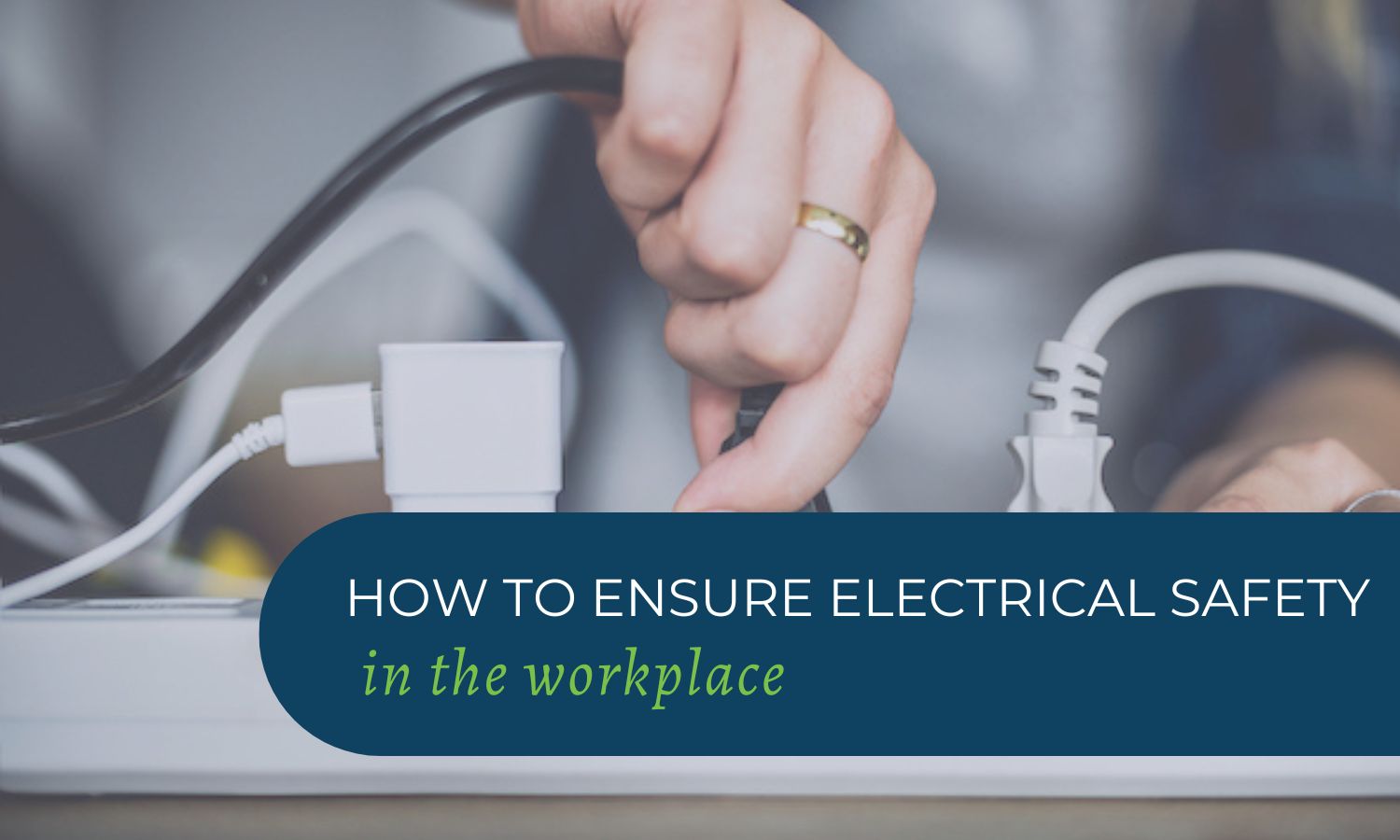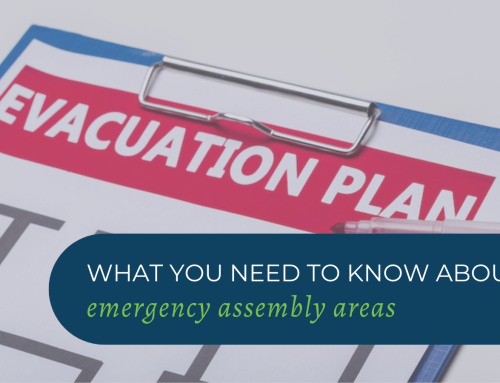Electricity is an essential part of our daily lives, but it can be highly dangerous if not handled properly. Every home and workplace relies on electricity, making it crucial to implement effective electrical safety measures.
Reducing risks and ensuring that everyone is aware of and understands the necessary control measures is key to maintaining a safe environment. Prioritising workplace electrical safety helps prevent accidents and keeps employees protected.
What can happen if you don’t safeguard against electrical hazards?
The greatest risk posed by unsafe electrical equipment and practices is electrocution, which can result in death. Even if you survive an electric shock, you may still face serious injuries and long-term side effects.
It’s crucial to prioritise workplace electrical safety to prevent life-threatening accidents and reduce the chances of injuries such as:
- burns to your body
- damage to your eyes
- losing all or some function in one or more limbs
- memory loss, confusion, or other neurological issues
- the shock could also cause you to be further injured, by falling into a machine or off a ladder, for example

What types of workplaces are at a higher risk?
Some workplaces are more at risk than others when it comes to electrical hazards.
These workplaces are where equipment is exposed to conditions that cause damage, such as chemicals, dust, heat or moisture.
Workplaces that are higher risk include those that:
- are outside
- are factories or other types of manufacturing facilities
- use substances (i.e. chemicals) that are corrosive
- have areas that are especially dusty or wet
The type of workplace you have determines if you need to do anything additional to mitigate electrical risks.
If your workplace is high-risk and uses certain types of electrical equipment, then you must use residual current devices (RCDs) and regularly assess any electrical equipment for faults.
Your workplace must have an RCD if any electrical equipment is used in surroundings that have a large potential for causing damage.
You also need one if any electrical equipment is plug-in, and get its electricity from a power outlet, such as a socket.
An RCD is also known as a safety switch, which will shut off the electrical supply immediately when it detects that electricity is discharging to the ground at harmful levels.

What you can do to reduce the risk in your workplace
The Electrical Safety Regulation (2013) outlines the minimum safety requirements when installing or using electrical equipment in your workplace.
These conditions include:
- ensuring that safety switches are used when necessary
- keeping flexible cables and extension leads protected from damage
- ensuring the prompt removal of safety switches or other equipment that is defective or otherwise not working sufficiently
- regularly inspecting, testing and tagging particular types of electrical equipment to allow for the identification of issues or faults before they become worse, or even life-threatening
To learn more you can check out our other blog here – Working Safely with Low Voltage Panels and Switchboards
As the owner of your workplace, you have to ensure that everyone in the facility is kept as safe as possible from the hazards and risks that electricity use poses.
Electricity is a great tool, but it is also deadly so must be taken seriously.
If you would like to learn more about improving electrical safety in your workplace, get in touch with Workplace Emergency Management today. We can assess your facility and provide expert advice and recommendations to help keep your staff safe. For enquiries, feel free to call us on 1300 831 694.
GET IN TOUCH
Are you ready for peace of mind that your workforce is as safe and prepared as possible?
With a dedicated team of staff ready to help you meet compliance requirements and improve the overall safety of your workplace, all you need to do is get in touch.
Request your free audit today!



